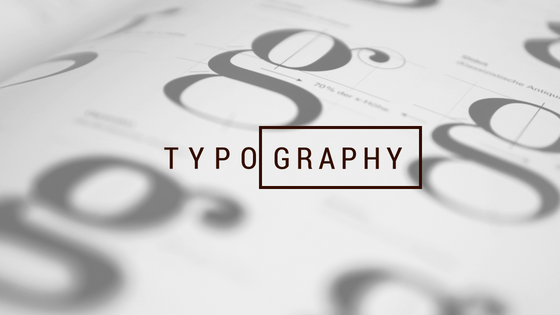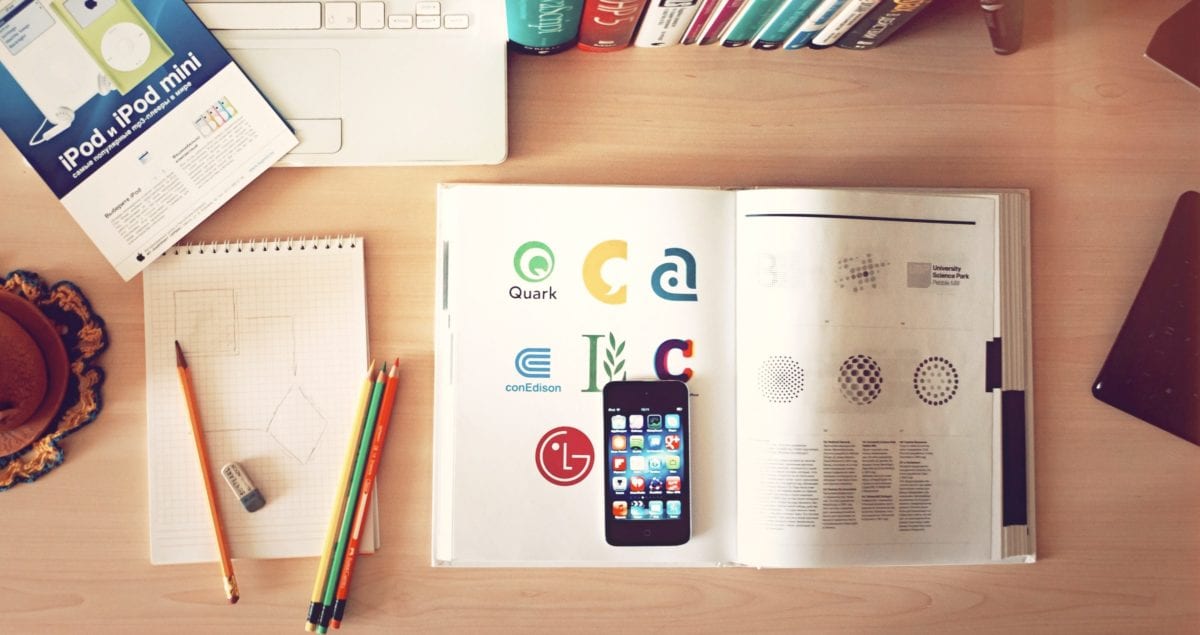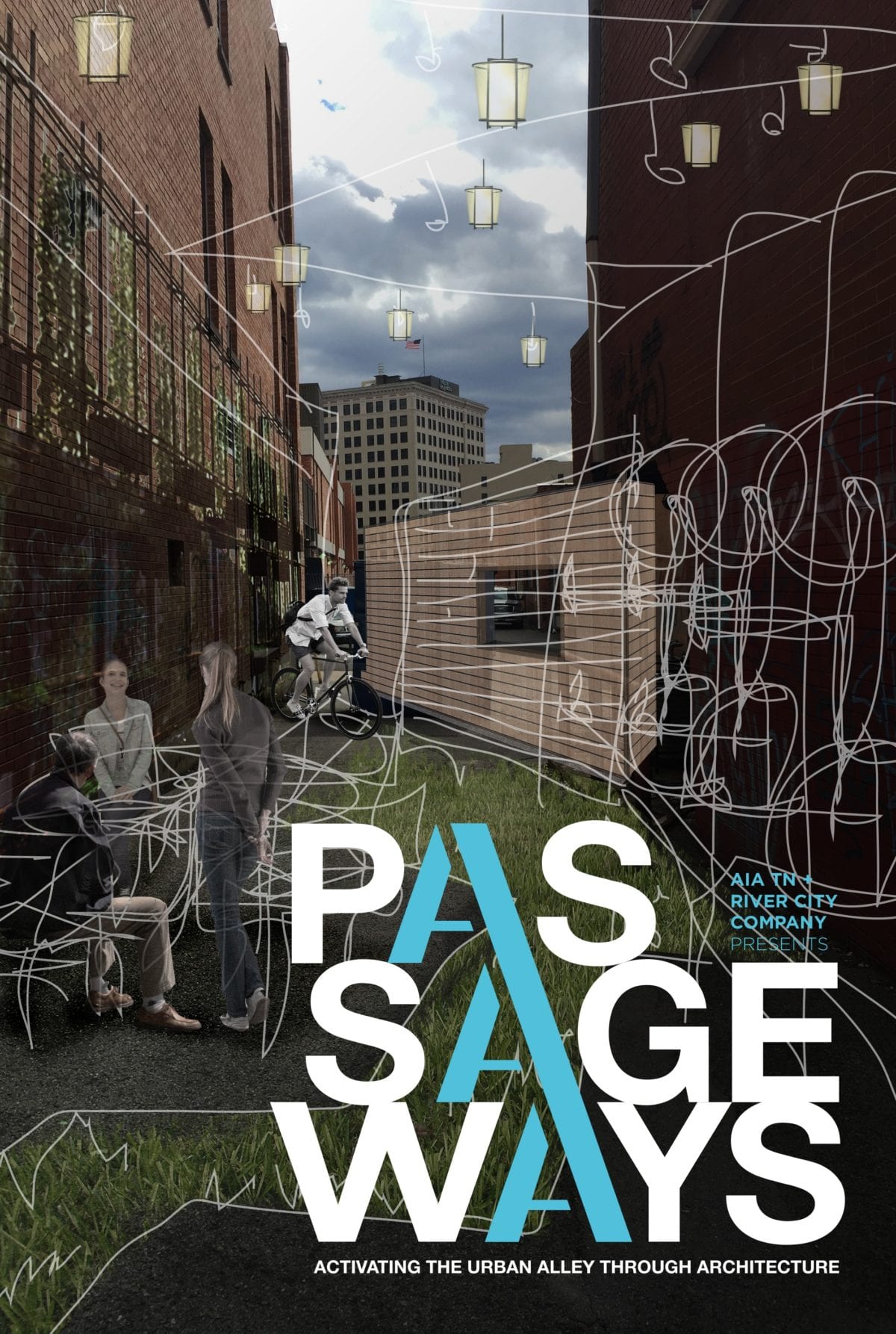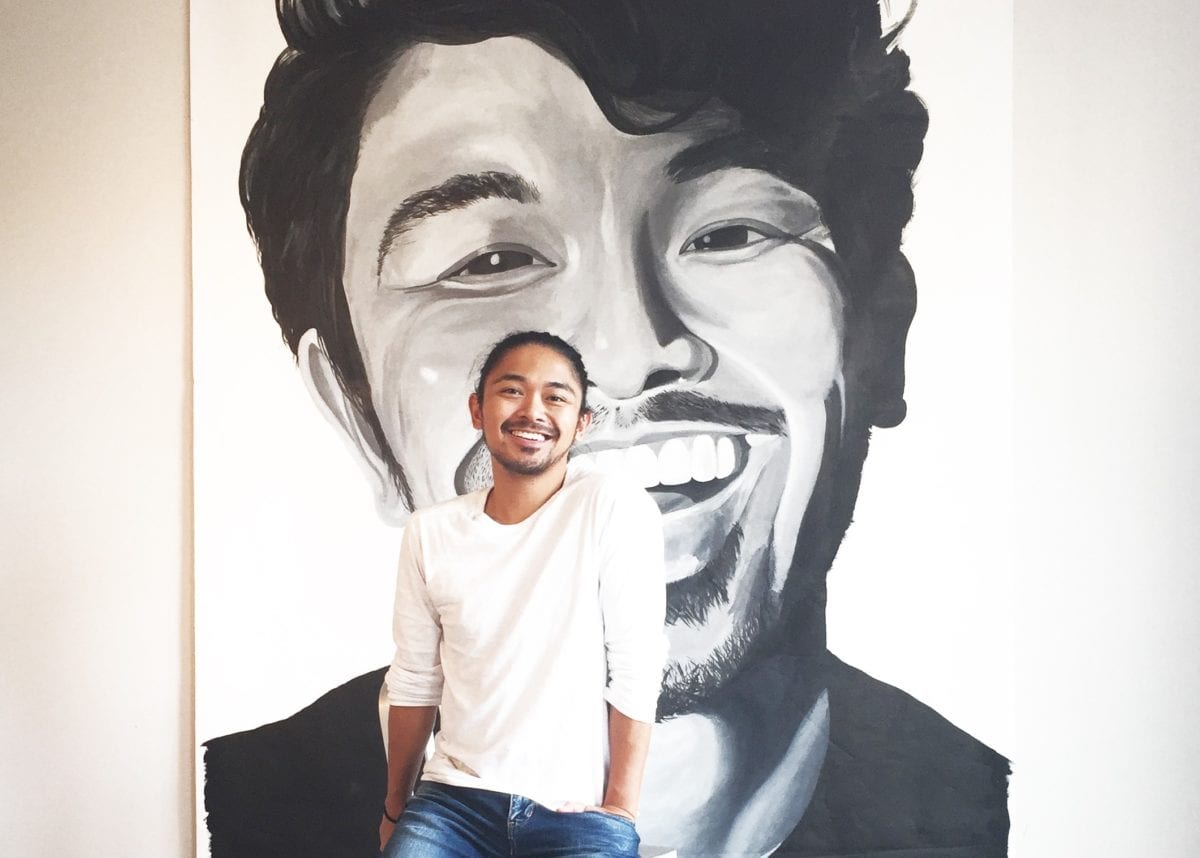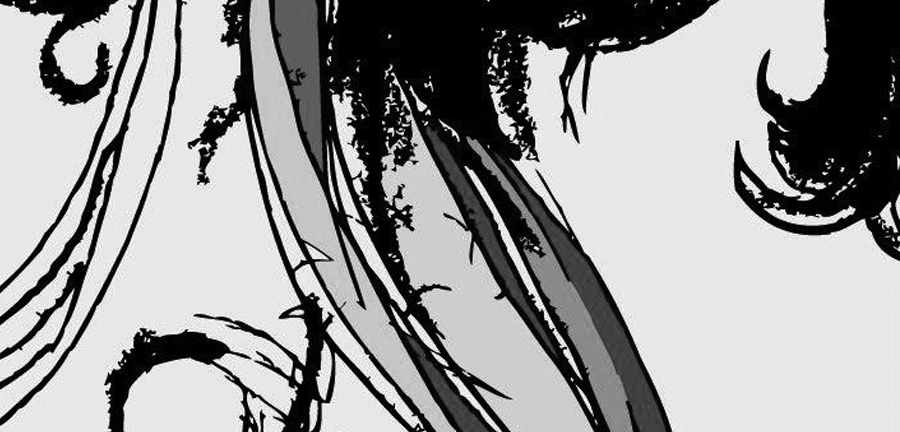This week we highlight lead designer of Spectruss, Justin Aragon. In this interview, we learn about his design aesthetic to his personal web design treasures!
What is your greatest strength when it comes to designing website layouts?
When it comes to designing website layouts, you have to think of who you’re designing it for first. Listening to the client’s vision is a major strength to have and being able to translate an abstract idea to visual communication. Every web design project we work on is custom designed for each client. From the navigation, sizing, text placement, typography, photography, video, film, graphic elements, animations… etc., everything is designed accordingly to best represent who the client is. It is also important for me as a designer to produce unique designs every time. It keeps me creative, playful, push envelopes and maybe raise some eyebrows too!
Do you create all the components to the website? (icons, imagery, art)
Yes! I’m very observant… which every designer should be. I look at websites every day. My eyes recognize when certain graphic elements or iconography have been used before in multiple projects by different agencies. Even when I’m driving around the city, it frustrates me when I see the same topography and icons on billboards and posters here in Chattanooga. I like to give our clients designs that they can only call their own. I have Illustrator files that scroll forever full of custom-designed graphics that I consider one of my prized possessions.
When working on a project, what is your average turnaround for completion?
Every project has a different timeline, so it’s difficult to give a specific number. It also varies on what kind of project it is. We’ve worked long term with clients on fully functioning custom-designed websites, to as short as two weeks, to twenty-four hours! The average would probably be around three to four weeks. Ideally, we like to have a week for the design phase, another week for edits, and go to the programming phase on the final week.
What part does branding and brand identity play in your creative process?
Branding is everything! Branding dictates the overall direction of how to represent your clients. Branding a new company is probably the most creative part of being in this business. We’ve worked with several local clients here in Chattanooga, and it feels really great when people recognize your work just by looking at a signage, logo, and visiting a website. When I moved back to Chattanooga from Architecture School in 2011, there was a growing population in the creative community… which was awesome! But I also noticed that everyone was producing very similar trendy designs. Trends can only last until there is a new one. I’m a huge fan of timeless design that remain significant over years and years. I always keep in mind when designing a logo or any kind of branding that the overall visual appeal would become an instant classic and does not come with an expiration date.
Do you favor the idea of working with a company to focus their branding and improve upon it before beginning the website process?
When clients come to us, they are either looking to start from the beginning or unhappy with their current appeal. It is always good to suggest improving certain elements of their brand before further producing major work. When we work with a company that already has their branding established, it is our job to use what they currently have and build the rest of their Identity effectively. Limits can be great. It can be your friend sometimes. When I was studying architecture, I hated working around building codes, but you’ll realize how efficient your designs become. It’s the same with any type of design. You have to be able to work within certain parameters.
How would you best describe your design style? (modern, vintage, etc.)
Like I hate labeling my relationships, I don’t necessarily put a stamp on my forehead and say I only have one specific style. I guess I can answer the question in two parts:
Being in the creative industry, you have to be able to tackle different styles. For web design, it is always important to be cutting edge. Since websites are now the new storefronts, you always want your appeal to be fresh and interesting regardless of style, because you are one click away from the x button. If “Advanced” is a style, I would say as a company that we integrate design with the most current technology in our work.
In my personal time, I still do a lot of designing. I’ve been working on conceptual furniture, playing around with new silhouettes for men’s fashion, and currently building ideas for the Millennial House. I could describe my personal aesthetic as modern minimal. I like simple bold statements, solid contrasting gray tones, and honesty of materiality. When you’ve been working all day with information overload on client projects, it’s nice to come home to clean lines, smooth surfaces and pure simplicity because it will always be beautiful. A very small hint of my personal style can be seen in my professional work, but I always make sure that the work remains egoless and not about me.








